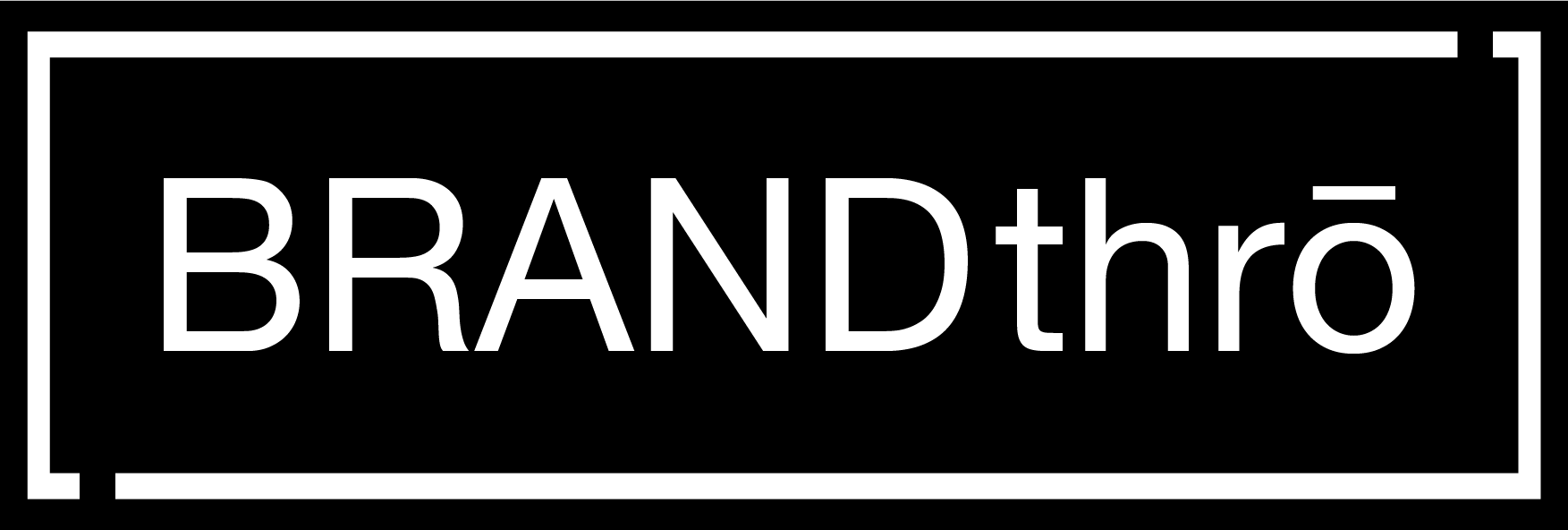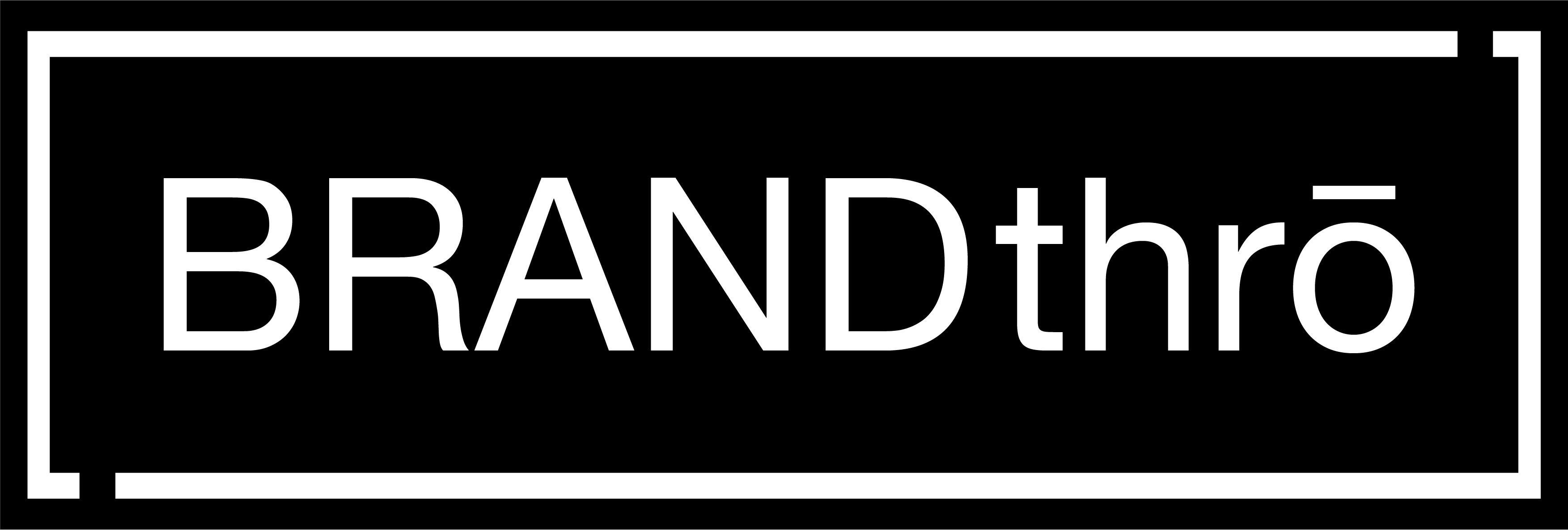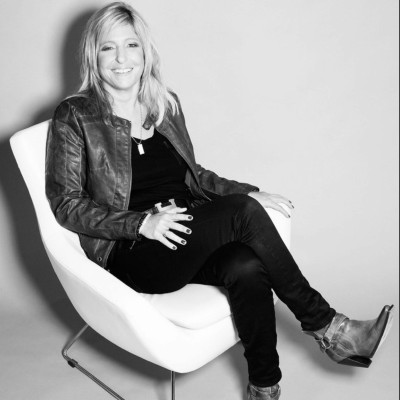Our Conversation with Zendesk’s COO Jeff Titterton
The age of direct to consumer is upon us and with it has come rising customer expectations and a need to consistently push to elevate the customer experience (CX). Consequently, the new strategic imperative is to improve 1:1 customer intimacy at all costs. This is quickly leading to rising consumer expectations and a need to consistently push to improve the customer experience (CX). Today you can’t just use first party data to pretend to know your customer. You’ve got to use unique datasets at every turn to transform disparate pieces of information into insight that drives action. Critical to doing that is mining storylines in your data that can find and fix any pain point.

Jeff Titterton sat down with BRANDthrō co-founder Billee Howard for her ‘A Conversation With’ column, originally published on Forbes.com.
With all this in mind, I wanted to speak to someone who sits at the intersection of insights and customer experience about turning today’s CX challenges into opportunities for growth and competitive distinction. I recently sat down with Jeff Titterton, former CMO and now COO of Zendesk. He is a veteran marketer having worked at leading brands like Adobe and Zoosk. Given Zendesk’s laser focus on improving customer satisfaction, he is best-in-class at using insight to constantly refine and hone CX. Following is a recap of our discussion:
Billee Howard: Great to be speaking Jeff. You’ve changed roles since we first began our conversations. I’d love to hear a little about that, not only the what, but the why.
Jeff Titterton: I’ll start with the “what” (what happened) and then I’ll go to the “why” (why it happened), Billee. So, the “what” is that I changed roles from Chief Marketing Officer to Chief Operating Officer and the role expansion includes a few changes. As CMO, I was leading all of global marketing, all marketing functions, plus I was running our global SMB sales organization. That’s the area that sells to the small end of our business; companies with less than one hundred employees. I was also running a product organization called Growth in Monetization.
With this new role I’ve taken on, I’ve kept the SMB sales development organizations and I now have broader oversight of the whole product organization that develops the core products we sell to our customers, our customer service team, IT, operations and program management, and our insights and analytics organizations. The analytics organization is comprised of both the business analysts who oversee how we look at and measure our business, but also the enterprise data and architecture teams that support them and ensure data governance, et cetera.
In terms of the “why” piece, bringing an insights-driven kind of test-and-learn methodology to how we run the broader business is a passion of mine. I think it’s something that Zendesk has been doing more and more of across all areas of the business and will continue to do in the future.
Howard: That’s very helpful and sets the stage for my next question. I’d love to focus, especially since I’ve been talking about it more and more, not only the people in my column, but clients that I work with every day, on the what vs. the why around insights and data. Can you can you talk to me about why it’s so important to look at both of those things now?
Titterton: Sure. It’s a topic that’s near and dear to my heart and one where I think a lot of companies tend to do well at one or the other. If you think about it, a lot of the startups are very good at understanding what they measure and they understand every single thing that their customers are doing. Yet, they may struggle to understand the “why” behind it. This happens because sometimes they focus a lot on just the usage data or on limited customer research, instead of really talking to customers. This may get them great insight from a small number of customers, but they’re not connecting it back to what’s actually going on across their customer journey and modifying it. The secret sauce, of course, is to connect those two things together. That is the ultimate win and I think one of the things that companies who are really doing well with data and insights are focused on.
We do a lot of this here at Zendesk and we encourage our customers to do the same thing— measure everything that’s going on across your entire business. You have a ton of data available to you, increasingly, so that sends great signals about where your customers are doing well and where, more importantly, your customers aren’t doing well, and where you need to help them. Then you map that with the “why”, and then you are really talking to the customers. You get insight from them. You can use a lot of survey tools, a lot of research. We do a ton of UX research here. We talk to tons of customers. We videotape our customers. We watch them trying to do things, and we learn a lot from them and get at the nuance.
Why? Bringing all of that together really helps you make the changes you need to make to improve the customer experience.
Howard: That makes a lot of sense. What I’m seeing in the market is that people are struggling to move from the what, to the why, with more emphasis on contextualization and emotional understanding. It’s also about the important nuance between data and insights that are actionable (and much fewer in quantity than the data.) Can you tell me your thoughts on that and how it ties to the future of improving customer experience?
Titterton: It’s funny, I think a phrase I use a lot is, “What is the story you’re trying to tell me?” When I see teams come in and they try to only use the “what” in the data, they are only showing me data and it isn’t actionable. It can’t be if they haven’t connected it to what the customer is experiencing and where they’re failing. When you focus, you say, “Is there a storyline?” The underlying cause when there’s not a storyline is they haven’t done that extra work to really understand the true customer pain point.
One of the great things that we advocate our customers do is to look at all the data that comes into their company. Customer service teams are the biggest wealth of actual customer insight you could possibly have, right? You might have, depending how big you are, an influx of customers telling you, frankly, where you’re failing them. They’re not writing to you because they want to say “hi.” They’re writing to you because you haven’t solved one of their problems. Whether it’s something simple, like they need to get a password reset, or something much more challenging, like our product isn’t meeting their needs.
Increasingly, what we’re seeing customers do and what we’re doing ourselves, is aggregating customer insights and mapping that with all of our usage data. Those two things together equals a huge win. My boss, our CEO Mikkel Svane, who founded this company, often will say customer service is an expression of your failures as a company. If they need to write to you, it’s an expression that you haven’t met their needs up front. The ultimate deflection is customer satisfaction, because then they don’t even have to take the time to come to you.
Howard: Interesting. In applying that to how the future of customer experience is going to shake out, a lot of what I’m hearing is that because the nature of marketing a product versus a service is really coming to the foreground, no matter what you’re selling, you’re ultimately selling a subscription and some type of real day-to-day value, as opposed to thinking about things more transactionally. As people start to wrap their heads around that and begin applying that to better experiences, many brands are trying to find means of augmenting the type of data you’re talking about, which sounds like mostly first party data. I’m curious as to your thoughts about going beyond first party data in general, as well as what the future of CX, from your point of view, will look like over the coming months and year?
Titterton: Absolutely. Going beyond first party data; we use all kinds of content data in our marketing work and so do all of my colleagues. But, I think you can do that across the customer journey and it doesn’t just have to be in marketing. There is lots and lots of data available to you that can tell you your customers’ intent and give you more insight into what they’re not only looking for, but also, where you’re frankly not meeting their needs. I think that’s super powerful. I’m a big advocate that all of this data must be used for customer good. Why? Because on your second point around subscriptions, we’re moving to a world where it’s all about a long-term customer relationship.
The days of selling on a discount and then just getting them to buy your product and not worrying about them again are well behind us in almost every industry as direct to consumer has really become the standard. Even in B2B, you’re having much more of a direct relationship with your customers. You really need to be better at understanding their needs and meeting them on that day-to-day basis. You just can’t afford to not understand how to keep them happy and engaged. You need to use every tool available to you to do so.
Howard: That’s a great answer. Thank you. Is there anything that you wanted to highlight that you foresee that people should keep in mind as customer experience continues to change in the coming year?
Titterton: There are undoubtedly some major shifts going on and this is where it’s much more important to utilize technology to your advantage to create that really close connection with your customer. As I said, if everything is moving towards a direct to consumer, or direct a to customer relationship, you need to be where your customers are and have that kind of really open dialog with them. What we’re seeing in our own data is that more and more people are wanting to communicate with brands directly through all the messaging channels that they use every day with their family and friends. We see huge increases in people communicating through social media, through direct native messaging. If they’re on WhatsApp, if they’re on Facebook, wanting to just stay there, wanting to be able to just text with a brand. I’m sure you see this yourself. Email is still an incredibly important channel, but we’re moving to a world where our phones are a critical place for brand engagement.
Another major change we’re really seeing is that end users are increasingly wanting to have affinity with the brand that they are buying from. The relationship is getting much more personal. I’m sure you’ve seen this in your work as well. They want to understand what a brand stands for. They’re going to be much more likely to buy from a brand and stick with them if that brand matches their values and the kind of values that they believe in.
Lastly, we’re witnessing a heavy focus on agility as companies need to become more nimble in how they do CX. For example, a couple of months ago we had a sense that the pandemic was slowing down, and now that may not be the case. This uncertain environment causes demand surges to change daily, and all of the CX data points you once relied on are rapidly evolving. As we navigate the next wave of change in the world, you need to be listening even more closely to your customers, which is something we at Zendesk are really advocating for.





